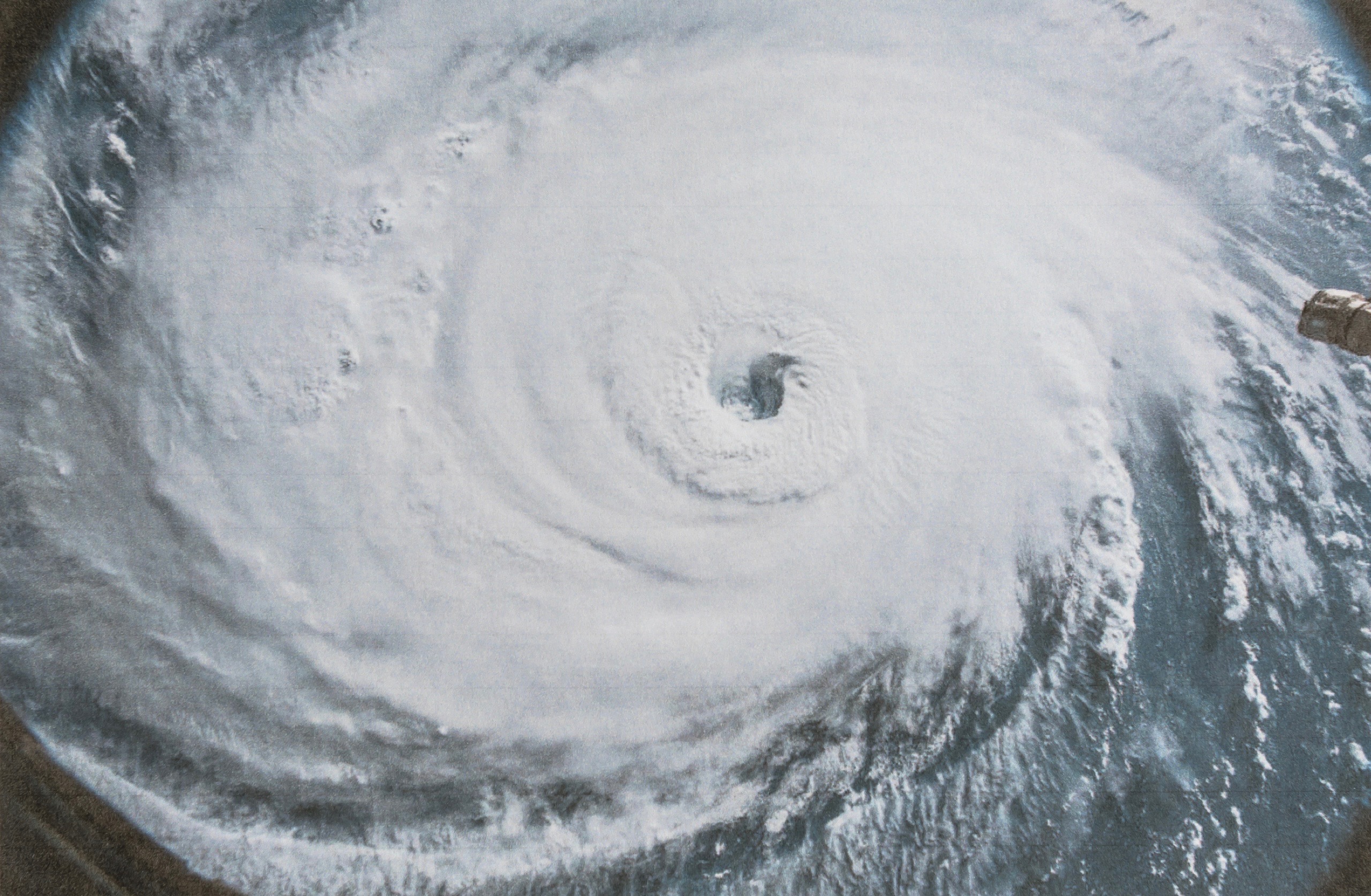Through the rise of a digitally connected world, globalization has become a central part of our lives not only economically but socially and culturally. This can be attributed to many factors, including the rise of new technology, artificial intelligence, increased ease and opportunities to travel, and a steady surge in consumer purchasing. It’s a combination that has resulted in a more connected world and, at the same time, a much more energy-intensive one. It’s true that these changes can offer great advantages and opportunities to both industries and consumers alike, but what are the hidden costs associated with these shifts, and how can we mitigate the consequences they present?
As the global demand for energy continues to rise, so does our reliance on fossil fuels, leading to an increase in greenhouse gas emissions and contributing significantly to climate change. These altered weather patterns, characterized by rising temperatures, have had a profound impact on natural disasters. Shifts, including warmer oceans and rising sea levels, lead to a higher likelihood of extreme and unpredictable flooding, increased likelihood of droughts and wildfires, and, you guessed it, intensified hurricanes. These powerful tropical storms, known for their devastating impact, have increased in frequency and severity in recent years, largely due to climate change influenced by current energy consumption patterns.
Hurricane Beryl is a striking example of the evolving pattern of tropical storms. Beginning as a tropical depression on June 28, 2024, with winds at 35 mph, this storm was able to reach alarming wind speeds of 75 mph within just 24 hours. This allowed it to quickly escalate to a Category 4 hurricane by the time it made landfall on Carriacou Island on July 1, 2024, making Beryl the first Category 4 hurricane to form in June, surpassing the previous record set by Hurricane Dennis in 2005. This unprecedented intensification was driven by hot ocean temperatures and low wind shear, which provided ideal conditions for the storm’s development.
Climate data can back this up by showing that sea surface temperatures in the North Atlantic in late June 2024 were notably higher than those recorded in July 2000, significantly contributing to Beryl’sBeryl’s swift rise from a tropical depression to a Category 4 hurricane within 48 hours. So much so that by July 2, 2024, Beryl had become the earliest Category 5 hurricane on record in the Atlantic, with peak winds of 165 mph, exceeding the previous record of 160 mph wind speeds held by Hurricane Emily in 2005.
It’s important to note that the early formation of such a powerful hurricane is unusual, as major hurricanes typically do not appear until September. This unprecedented early activity, coupled with record high sea surface temperatures and reduced wind shear, raises concerns among scientists about the rest of the hurricane season, particularly with La Niña conditions expected to develop further later in the summer.
The economic and environmental consequences of Hurricane Beryl were profound and multifaceted. In Houston, utility crews worked tirelessly to restore power to the nearly 3 million homes and businesses that endured outages amid a brutal heat wave. Additionally, Beryl caused extensive damage to communities in the Caribbean, destroying homes and infrastructure and leaving thousands in dire situations. The recovery process for these natural disasters involves ongoing efforts to restore damaged homes and improve infrastructure to better withstand future storms. Overall, Hurricane Beryl underscores the urgent need for changes in energy policies and infrastructure to mitigate climate change effects and reduce the intensity of future hurricanes.
Modern energy trends are increasingly focusing on renewable sources to combat climate change, with significant growth observed in solar and wind energy. The choices made in the energy sector are crucial for determining the future intensity and frequency of hurricanes. Persisting with current energy consumption patterns could lead to more severe and frequent storms. However, strong, enforceable energy policies and technological innovations, such as advancements in renewable energy and energy efficiency, hold promise for reducing greenhouse gas emissions and mitigating the impacts of hurricanes.
Explore Smart Energy Education to deepen your understanding of the energy sector and its profound impact on our climate. Learn how your choices and actions can drive positive change in energy consumption and sustainability. Visit our site today to access valuable resources, gain insights into the latest energy trends, and discover actionable steps to help combat climate change. Your journey towards a more sustainable future starts here!


